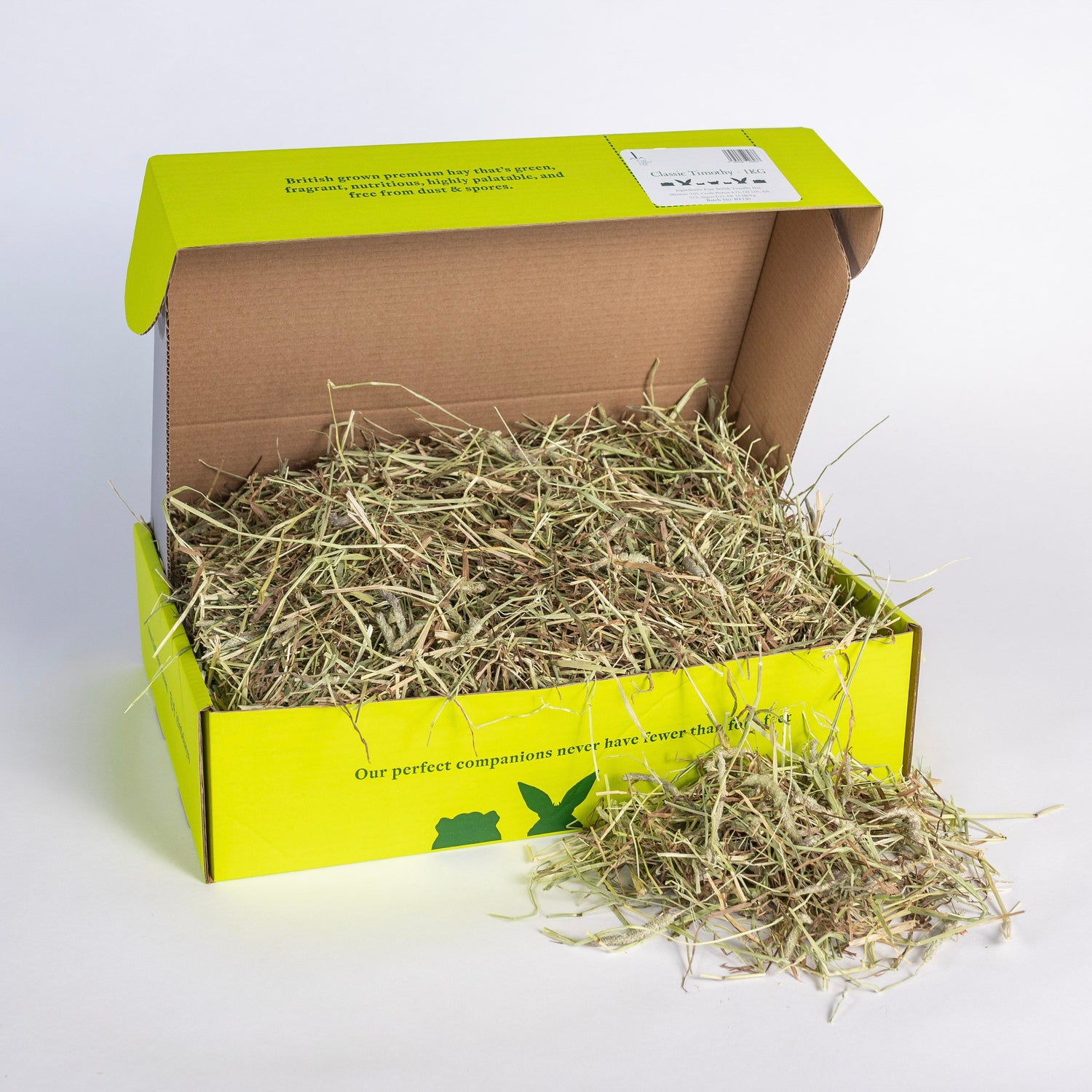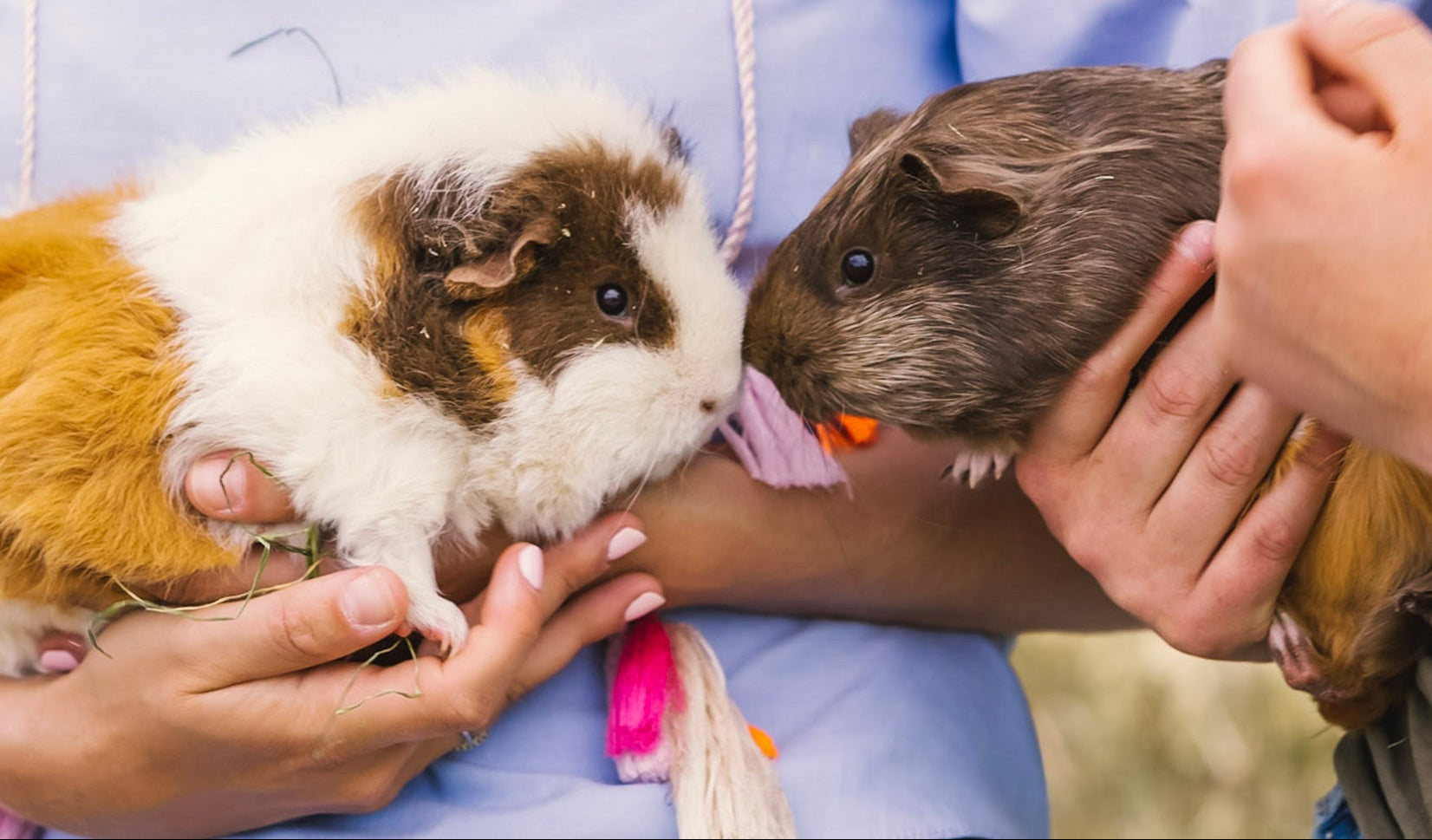Bonding Rabbits
Every rabbit needs a friend. Rabbits evolved to live in groups, never alone. Many people believe keeping a single rabbit deprives your pet of one of his most fundamental requirements; the company of its own kind. While keeping rabbits in pairs or groups is the highly recommended there are some cases where this is not possible and a solo bun can live happily with lots of support and care from their hooman.
Once you have witnessed a bonded pair or group of rabbits grooming each other, lying down together, and eating together, it’s unlikely you will ever want to return to keeping a solitary rabbit. Getting two rabbits or more to live together is called bonding, mixing or pairing.
The basics
The RAAG website has guides and help on what to expect when bonding your buns.
You must make sure that their home will be suitable for two rabbits. The best way to get this right is to discuss this with your local rescue centre as they will have their own rehoming guidelines. Many reputable rescues will either support you through the bonding process or complete it for you.
Before you start, make sure your rabbit is up to the whole process, is eating well and is fit and healthy. It will involve a bit of extra activity because they will chase each other a little to start with. Both rabbits should be wormed, vaccinated and neutering before meeting; discuss this with your vet.
Be vigilant
Mixed-sex pairs usually work best, so if you are thinking of getting rabbits for the first time, it’s advisable to get a male and female, although same-sex pairs are not uncommon. Obviously, if you take on an already bonded pair, then it’s all been done for you!

Neutering is important for so many reasons and absolutely necessary when pairing rabbits.
Both rabbits must be neutered if they are old enough. If you already have a rabbit, arrange for him/her to be neutered and wait a few weeks before adopting the second rabbit. It’s never too late to get a friend for your existing rabbit. There are many cases where older bunnies have spent their twilight years happily with a new companion.
Where do I find a friend for my rabbit?
The best place to find your second bunny is at a rescue centre. Not only will you be giving a home to a bunny in need, but a rescue rabbit is likely to be neutered and vaccinated already. Many rescue centres have expertise in pairing up rabbits, and will often allow you to bring your own rabbit along to the centre to meet potential partners on neutral ground where there will be less chance of territorial squabbling. Some rescues have facilities to board rabbits and will supervise the introduction process for you. With a bit of luck, you’ll find a “love at first sight” match for your rabbit, but don’t be disheartened if that doesn’t happen.
If you are about to take on your first rabbit, please adopt a bonded pair from a rescue centre.
When to Bond
Winter is the best time of year to bond, because hormones are less of a factor. Even neutered rabbits produce hormones, and most of these in spring and summer and that can make it a bit trickier. However, if your rabbit is alone and you’re reading this in the spring or summer then don’t wait until the winter. It might take a little longer but it’s important for your rabbit to have a friend of its own kind – even if that friend is on the other side of a wire barrier until they decide to get along.
Before you start
Rabbits may carry diseases, which may be spread from one to another. One such disease, which may lay dormant for months and so may evade detection, not showing any signs, is called Encephalitozoon cuniculi (EC). It can both be tested for, and treated, although treatment is not always 100% effective. Ideally, prospective rabbits for pairing should each be tested before mixing, and, if EC detected, treatment started (It requires a 28-day treatment course). If both are negative, then treatment is not required.
Alternatively, to reduce the time and cost of testing, they may both be assumed to be positive, and treatment started prior to mixing, and continued for a total of 28 days.
At home
If you want to try to do the pairing yourself at home there are some ground rules.
Two baby rabbits (under 12 weeks of age) that are the same sex, or a “love at first sight” couple, can live with each other immediately. All other combinations will need to be carefully and gradually introduced.
Rabbits are surprisingly vicious fighters. It’s vital to keep a close eye on them throughout the pairing process as, left unchecked, one or both could be seriously injured.
There are many different ways to introduce two rabbits, all of which have their devotees. The RWAF does not support any ‘stress bonding’ methods. So no very small spaces and no unnecessary car journeys because it’s simply not right to put them through such stress. The following method isn’t the quickest, but it is easy to follow, we think it is the least stressful, and it nearly always works.
- Put the rabbits in nearby enclosures, where they can sniff each other through wire.
- If your existing rabbit is free-range, put the new rabbit in a cordoned-off section of this area. The rabbits will start to get used to each other’s scent. To help this you can also swap their litter trays over, or rub a cloth over one bunny and then the other.
- Once the rabbits are used to the sight and smell of each other, start putting them together for very short periods of time in strictly neutral territory where neither has been before – try the bathroom, but not the actual bath! Make sure you put lots of distractions in with them, so three piles of hay, three piles of herbs, and a tunnel for example. Make sure there is nowhere that one rabbit can get backed into and trapped. It’s also important to make sure there is nothing on which they can injure themselves. You will need to be in this area with them. Make sure you’re wearing sturdy shoes (no open-toed sandals!) and have a towel with you in case you need to intervene and separate them. At the slightest sign of tension, separate the rabbits. Try again next day, gradually increasing the time the rabbits spend together. A little bit of chasing and nipping is normal, but it’s better to separate the rabbits too soon than risk an all-out fight.
- Repeat this until the bunnies are relaxed in each other’s company. You can assist this process by feeding the rabbits together and providing lots of cardboard boxes and hidey holes so that they don’t have to stare at each other. Rabbits are very territorial and any competition for resources might cause tension so ensure you have at least two of everything – feeding station, water bowl, hidey hole – one for each rabbit.
- When the rabbits are happy to groom each other and lie together, they can be left unsupervised together. The whole process can take anything from a couple of hours to a couple of months. The better the rabbits get on at their first meeting, the quicker they will bond. And if you are able to put the rabbits together for very brief periods every day, they’ll get used to each other far more quickly than if you do it less often.
It’s completely natural that one rabbit will be dominant over the other. It shouldn’t be in any way aggressive, though. There may be mounting, but it should be accepted by the less dominant rabbit. The subordinate rabbit shows its acceptance of the other’s dominance by licking it. The rabbit that puts its head down to be licked is claiming the top spot, and by licking it, the partner is accepting that the other rabbit is boss. If they do have a proper fight at any point, do not try to introduce them again. If this happens, get in touch with an expert for advice, but it might be that they will not be able to bond. The same is true for same-sex pairs that have previously lived together. We are often told about same-sex siblings that have started to fight when they have reached sexual maturity. The owners will at that point, have separated them and have them neutered. Sadly by this point, it is unlikely that they will ever be able to live together again.
Don’t separate them once they’re paired up
Once your rabbits have paired up it’s important to keep the bond alive. If one of your rabbits needs a vet then take them both in the same carrier. They will stick together for comfort. Some people advise to take rabbits in a carrier in the car as a method of pairing them together. We disagree as it is putting them through unnecessary stress. They only need to be put through that for something important like a trip to the vet.
Love at first sight.
Some rabbits will establish an instant bond. You can recognise this by an initial lack of interest when first introduced followed by individual grooming. This will soon progress to mutual grooming and the rabbits sitting together. Do keep a careful eye on a “love at first sight” couple for any possible aggression, but if all goes well, don’t separate them you, and your rabbits, have won the love lottery!













